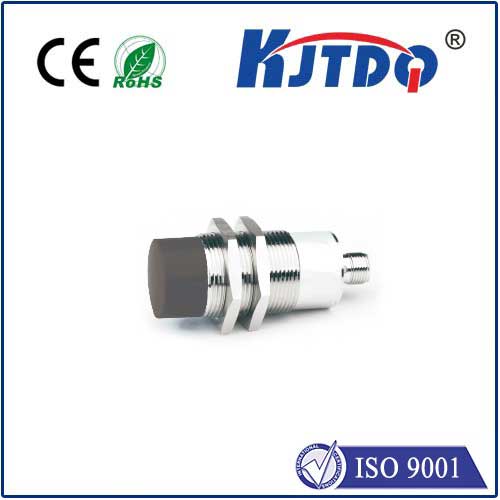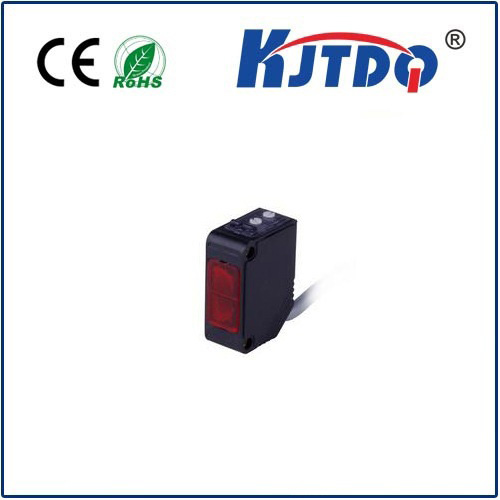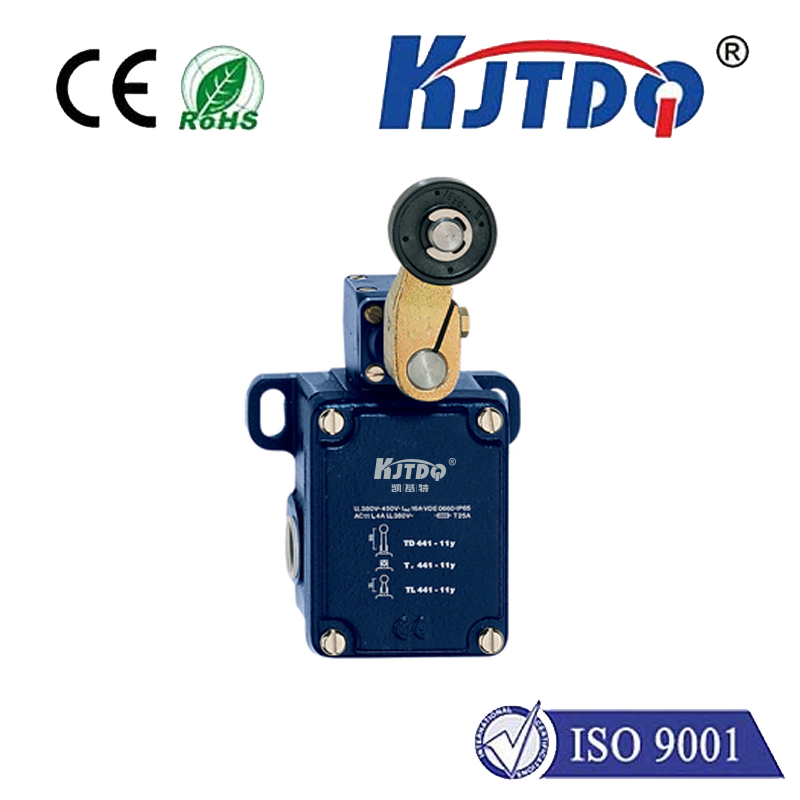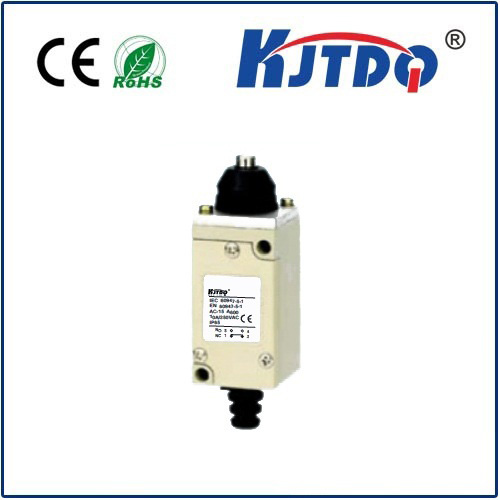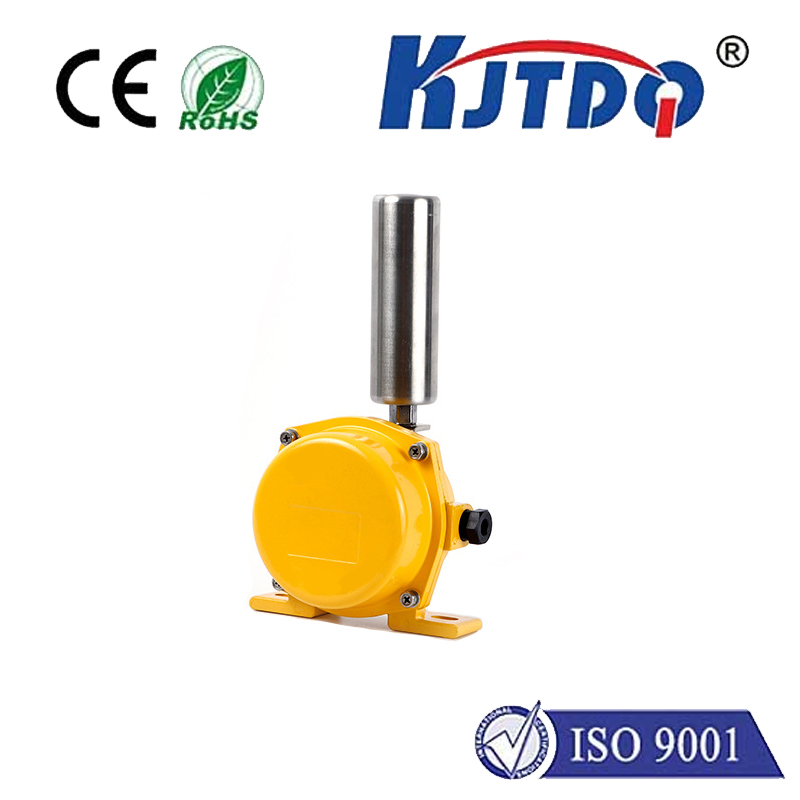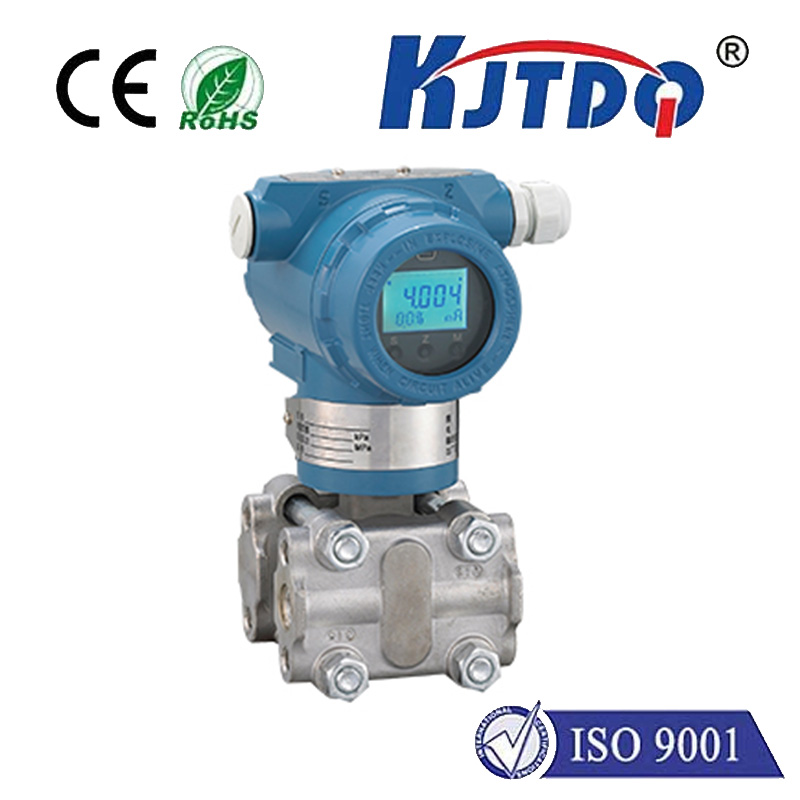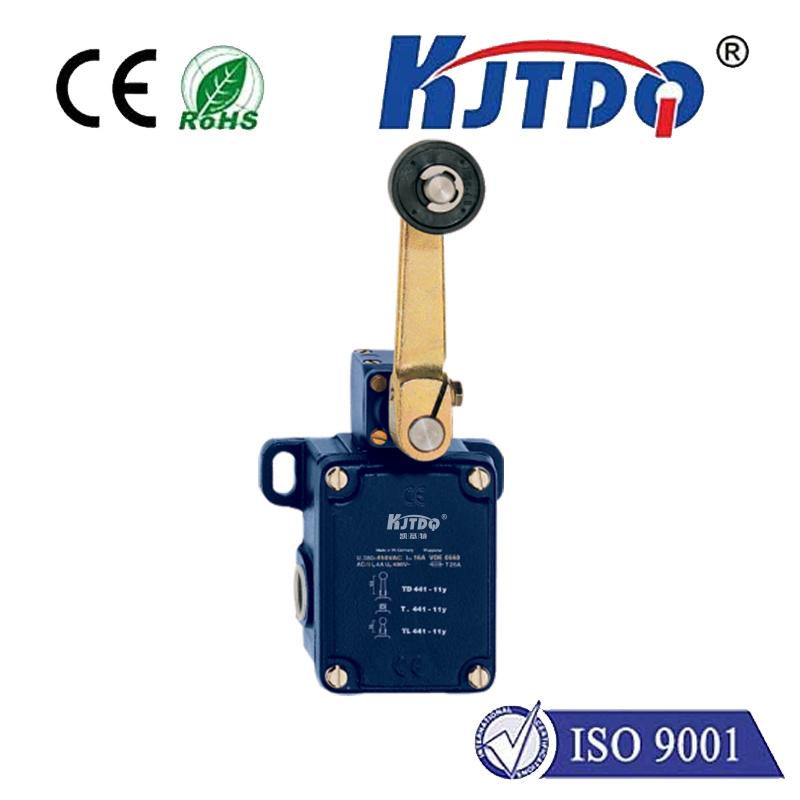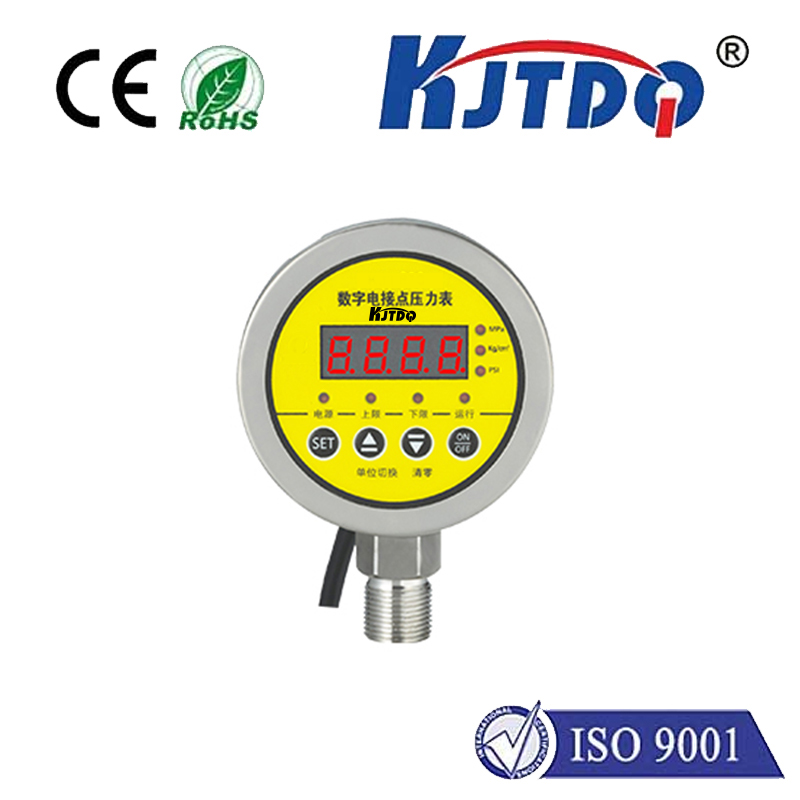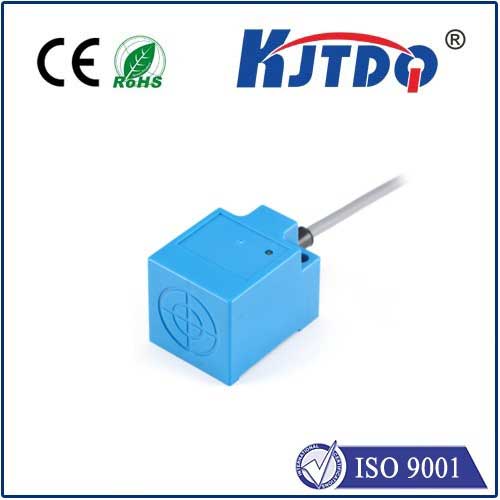

check

check

check

check

check

check

check

check

check

check
Title: 8108 Limit Switch: An Essential Component for Precise Control
Introduction to 8108 Limit Switch: Definition, Types, and Applications in Industrial Automation
In the field of industrial automation, limit switches play a crucial role in providing accurate and reliable control signals. The 8108 limit switch, also known as a magnetic reed switch or hall effect switch, is one such device that has gained widespread acceptance due to its high performance and reliability. In this article, we will discuss the definition, types, and applications of the 8108 limit switch in industrial automation.
Definition of 8108 Limit Switch: A Comprehensive Guide
A limit switch is a mechanical switch used to detect the opening or closing of a circuit or a machine. It consists of a movable contact that moves in response to the flow of energy (such as current, air, or magnetic fields) through it. When the contact opens or closes, it sends a signal indicating the state of the machine or device.
The 8108 limit switch is a type of mechanical switch that uses a magnetic reed to detect the opening or closing of its contact. It has two contacts: a normally closed (NC) contact and an open (NO) contact. The NC contact is connected to the power supply when the switch is in the closed position, while the NO contact is connected when the switch is in the open position. The switch operates on low current and requires minimal voltage to operate.
Types of 8108 Limit Switches: Selection Guide for Industrial Applications
1. Single Pole/Single Throw (SPST) Limit Switch: This is the simplest type of limit switch, featuring only one contact for either the closed or open position. It is suitable for basic applications where one state is enough.
2. Two Pole/Three Throw (DPDT) Limit Switch: This type of switch features two contacts for two states (open and closed), and three positions in between. It is suitable for applications where there are multiple states required.
3. Three Pole/Four Throw (TPPDT) Limit Switch: This switch has three contacts for three states (open, intermediate, and closed), offering more advanced configuration options.
4. Four Pole/Six Throw (TPDT) Limit Switch: This switch has four contacts for four states, making it suitable for complex applications where precise control is required.
5. Double Pole/Double Throw (DPDT) Limit Switch: Similar to the DPDT limit switch, but with two additional contacts for two states in between. This type of switch is commonly used in sequential control systems.
Applications of 8108 Limit Switches in Industrial Automation
The 8108 limit switch finds wide applications in various industries, including manufacturing, automotive, aerospace, robotics, and electrical equipment manufacturing. Some of its primary benefits include:
1. High Accuracy: The 8108 limit switch provides precise and reliable detection of machine motion, ensuring optimal control and efficiency.
2. Easy Installation: The magnetic reed mechanism of the 8108 limit switch makes it easy to install and maintain, saving time and effort.
3. Durable Construction: The 8108 limit switch is designed for long-term use in harsh industrial environments, with durable construction and withstandable temperatures.
4. Low Cost: The cost of the 8108 limit switch is relatively low compared to other types of switches, making it an affordable option for most industrial applications.
Conclusion: The 8108 Limit Switch as a Critical Component in Industrial Automation
The 8108 limit switch plays a vital role in ensuring efficient and reliable control of machines and devices in industrial automation. Its high accuracy, ease of installation, durability, and low cost make it an ideal choice for various industrial applications. Whether you're looking for simple single-pole switches or complex multi-state switches, the 8108 has something to offer for your needs.
